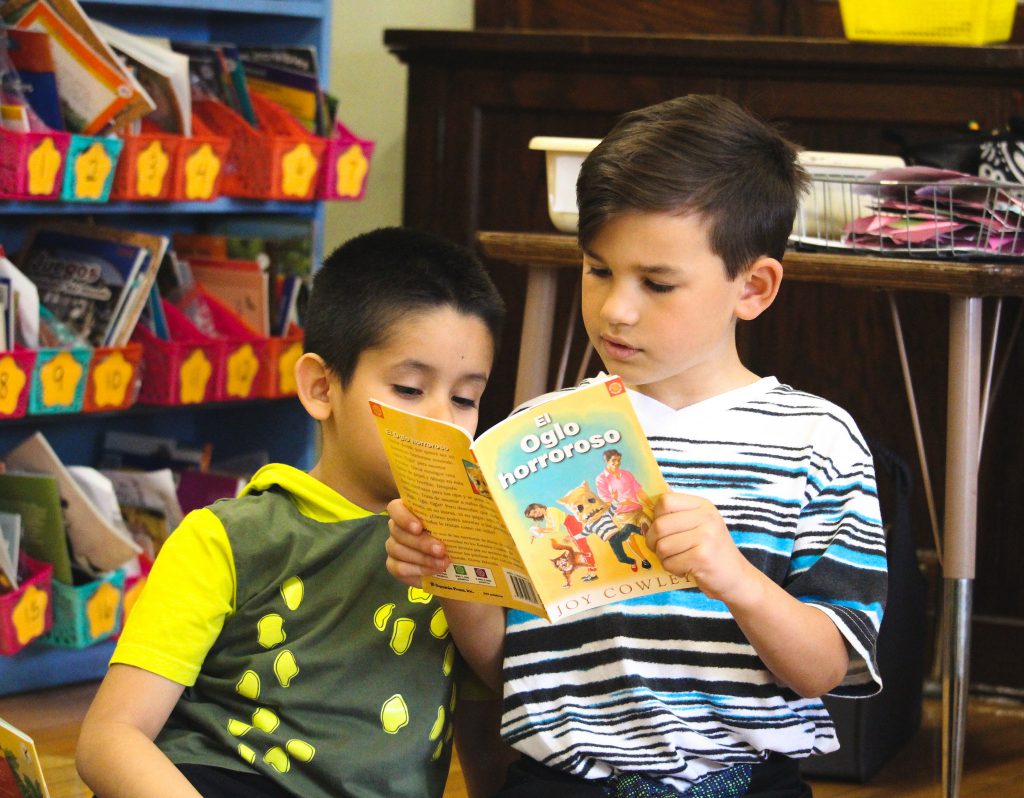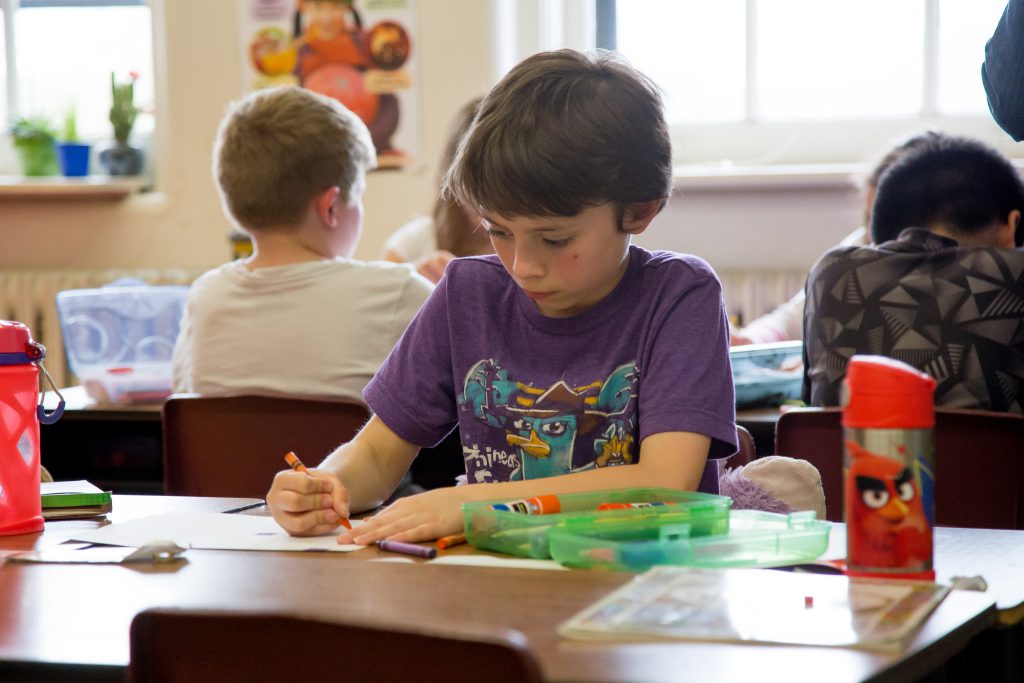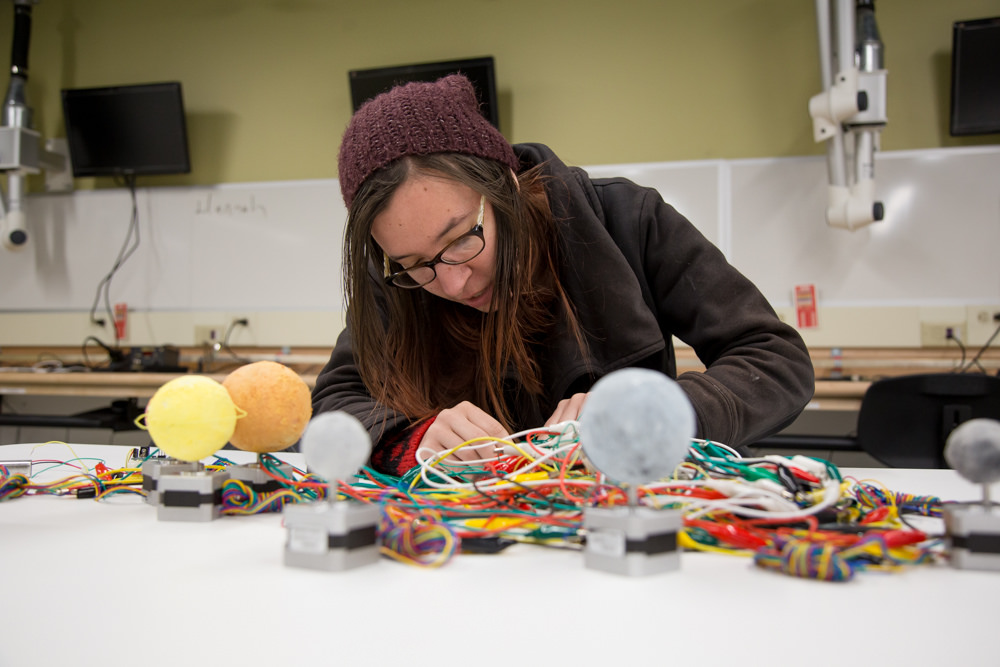As children, we were encouraged to use our imagination daily. How often are we putting our imaginary minds to work today? In a world where the majority of our ideas come from Google or Pinterest, is using our imagination even necessary anymore?
Robert & Michele Root-Bernstein, the presenters at the Creativity & Innovation Workshop that took place on campus a few weeks ago, explained that we live in a “creative age” that “requires curiosity, imagination, originality, and inventiveness.” Imaginative thinking and play are not meant to be bound within our childhood years. Rather, imagination and inventiveness is the recipe for entrepreneurial success in today’s society.
“Most creative people say that play is a critical part of their everyday lives.” – Robert Root-Bernstein
So, what do play and creativity have to do with one another?
The speakers at this event addressed this question head-on. They began by defining both creativity and play:
Creativity – The invention, recognition or reformulation of a problem or challenge in such a way that makes it amenable to resolution in a new and effective manner.
Play – A natural behavior that explores ideas, materials, environments all “for the fun of it.”
What I learned from this comparison is that imaginative play is a foundation for creativity. The speakers discussed many different kinds of play that exist in our world: scientist play, writers play, artists play, and so on. What kind of play did you often resort to as a child? Did you enjoy painting? Writing poems? Creating imaginary worlds?
The type of play used for creating imaginary worlds is also known as Worldplay, which is a more complex form of pretend play. More specifically, Worldplay is “the invention of an imaginary place, often inhibited by imagining beings, for purposes of play.” The famous works of C.S. Lewis like The Lion, the Witch and the Wardrobe, and The Brontes’ Jane Eyre are both examples of Worldplay. Worldplay is a result of creativity and play working together harmoniously.
“Most of us, I suppose, have a secret country.” – C.S. Lewis
How does play help us create?
During this presentation, I began to reflect on my childhood years and the days I would spend playing make-believe games with my friends for hours on end. As I was reflecting on this time in my life, I viewed it as only a distant memory.
This confused me greatly because the speakers standing before me were stressing the importance of using imagination in my everyday life, but I thought that part of growing up was leaving my childish imaginations behind. False.
The speakers gave many examples of famous creatives, artists, mathematicians, and scientists using their childhood imaginations and applying them to their work in their professional careers.
“You don’t have to be highly skilled to take knowledge from one field and apply it to another.” – Robert Root-Bernstein
Worldplay is “self-motivated learning that can be used for solving problems in life.” A great example of this is the work of biologist, Alexander Fleming. In his free time, Alexander loved to draw and paint pictures. Although he wasn’t the best artist, his creative eye is what discovered penicillin even after many other scientists had been doing the same research for years.
Carving time out of our busy schedules to play is not an act of immaturity. Rather, taking time to embrace our creativity and utilize our imaginative minds could help us be more innovative. Ultimately, our innovativeness could be used to make the world around us a little bit better. Or maybe even a lot better if you are like Alexander Fleming.
Take this opportunity to have fun, release the creative ideas that are being held captive in your minds, and improve your world while you are at it. As Mike Vance always says, “You cannot learn from experiences you are not having.” Do not rob yourself of an experience to play like you did as a child. You never know what greater purpose it could serve.


